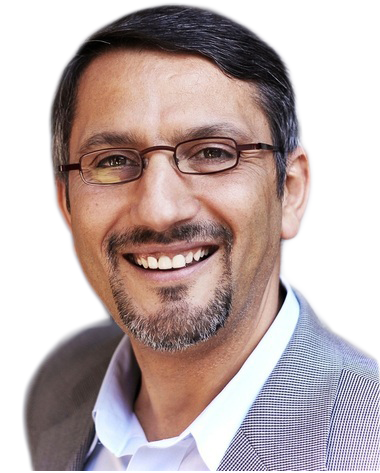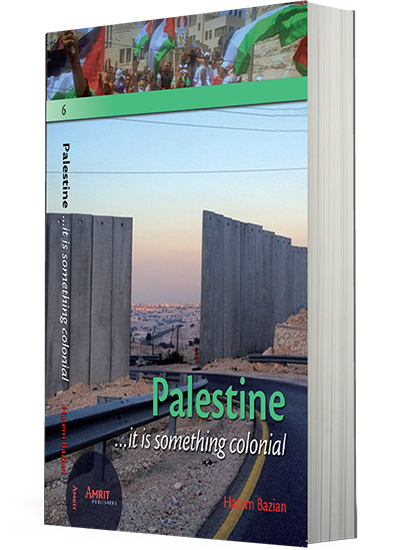Hundred years removed from World War I and alleged plans to birth a peaceful world, we are back where we started. As death, destruction and massive destabilization is witnessed in the Arab and Muslim worlds and managed by major powers past and present with handpicked local allies. At World War I’s end the remnants of the Ottoman state were carved out into zones of influence for the British and French and new states emerged more or less based on the Sykes-Picot agreement. The drawing of maps focused on maintaining and expanding spheres of influence rather than bringing colonialism, domination and manipulation to an end.
The Arab and Muslim worlds were too prized by Western powers to be left to its own people to determine future horizons. Certainly, the strategic location, natural resources and massive markets are too valuable for colonial greed to pass such an opportune heist. In drawing maps, the focus was on how to keep and expand influence through manipulation, intrigues and divide and conquer strategies to keep all options open and, indeed, to be in control even after removing troops from the territories.
Since World War I the Arab and Muslim worlds have been living a non-ending looped sadistic nightmare administered through external Western interests and internal subservient Eurocentric locally nurtured elites. The internal elites, trained and educated by Western colonial states acted to control their population and punish them if they happen to demand or seek freedom, economic and social justice and dignity. The partnership between the external colonial and the colonized elites is what kept the system intact and humming for a long time.
At present the crisis in the post-World War I that curved out Arab and Muslim worlds is readily visible and extremely violent. However, examining and assessing what is underway might lead us to think that it has nothing to do with existing external influences and the internal elites; positing that it is only the emergence of religious extremism that is the problem at hand.
Today, we are witnessing another attempt at redrawing the maps in the region in such a way that can keep the vast populations divided on religious, ethnic, linguistic, gender, class and geographic terms; thus more susceptible to penetration, conquest and manipulation. The strategy is one of “constructive chaos” that can project a region out of control while in reality all the levers of power and influence are held by the same external actors and local elites who are managing the structure on the ground and operating it like a faucet.
The more things change, the more they are manipulated back to the old colonial order, raw materials transfers, domination of markets, racism, access to cheap labor, and strategic geographical positioning. “Constructive chaos” makes it possible to direct attention to all the wrong issues and cause people to operate from a deep seated fear that permits the divide and conquer to succeed and further penetration into the region by limitless violence.
“Constructive chaos” pushes fragmentation, civil wars and instability forward as a way to rearrange the strategic map into the desired outcome. If we understand “war as diplomacy by other means” then the current “constructive chaos” is a policy intending a strategic goal that could not be attained by means of soft power and diplomatic maneuvering.
A major UC strategic goal is centered on how to keep unfettered control of oil resources so as to keep the pressure on China and limit its ability to achieve independent economic policy without America’s involvement. As Chinese financing of U.S. debt increases, the leadership in Washington will have to come up with various strategies to keep the pressure on Beijing to continue backing the U.S. economy and financing the yearly debt filled budget. The story in Iraq’s invasion and the subsequent instability is directly connected to this global chess game. How to leverage military power after losing the economic one and becoming more dependent on China and other financial players around the globe!
A second goal that is just as important is the strategic confrontation with Russia. The U.S. and European efforts are aimed at limiting or ending, for the foreseeable future, any possible threat or contestation from this “old” power, Russia. Connected to this are vast oil and natural gas resources that are present across many of the southern Russian republics. Who gets to have access to this oil and gas as well as the rights to build more pipelines is directly connected to the fomented conflicts in the region.
The third aspect is related to Israel’s regional hegemony and containment of current and future possible competitors. Israel seeks to keep threats away from its borders and the development in Lebanon and Gaza has undermined an important strategic pillar for the Israeli military. Forging a regional Israeli led alliance to help extend this hegemony involves “constructive chaos” that can bleed resources out of competitors, divert support away from its northern and southern borders and isolate the Palestinians. Added to this hegemonic design is the pursuit of oil and gas resources in the Mediterranean and secondarily supporting distant conflicts on the region’s periphery.
“Constructive chaos” diverts away from thinking of interests, national and international stimuli that are shaping events in the Arab and Muslim world; rather the media and people begin to debate identity-related issues and inconsequential trivia. Follow the money-oil trail and you should find the answers to “constructive Chaos!”

